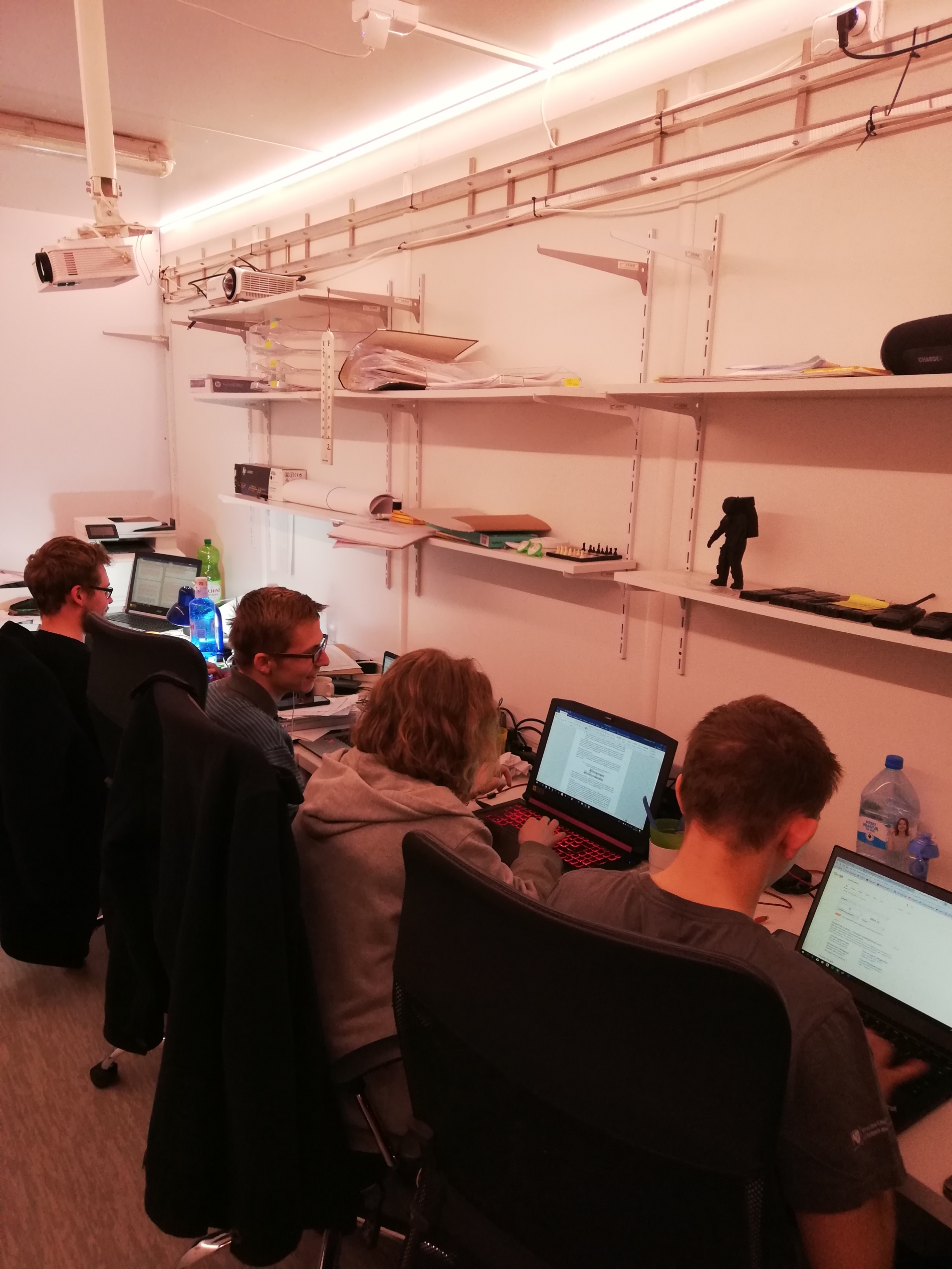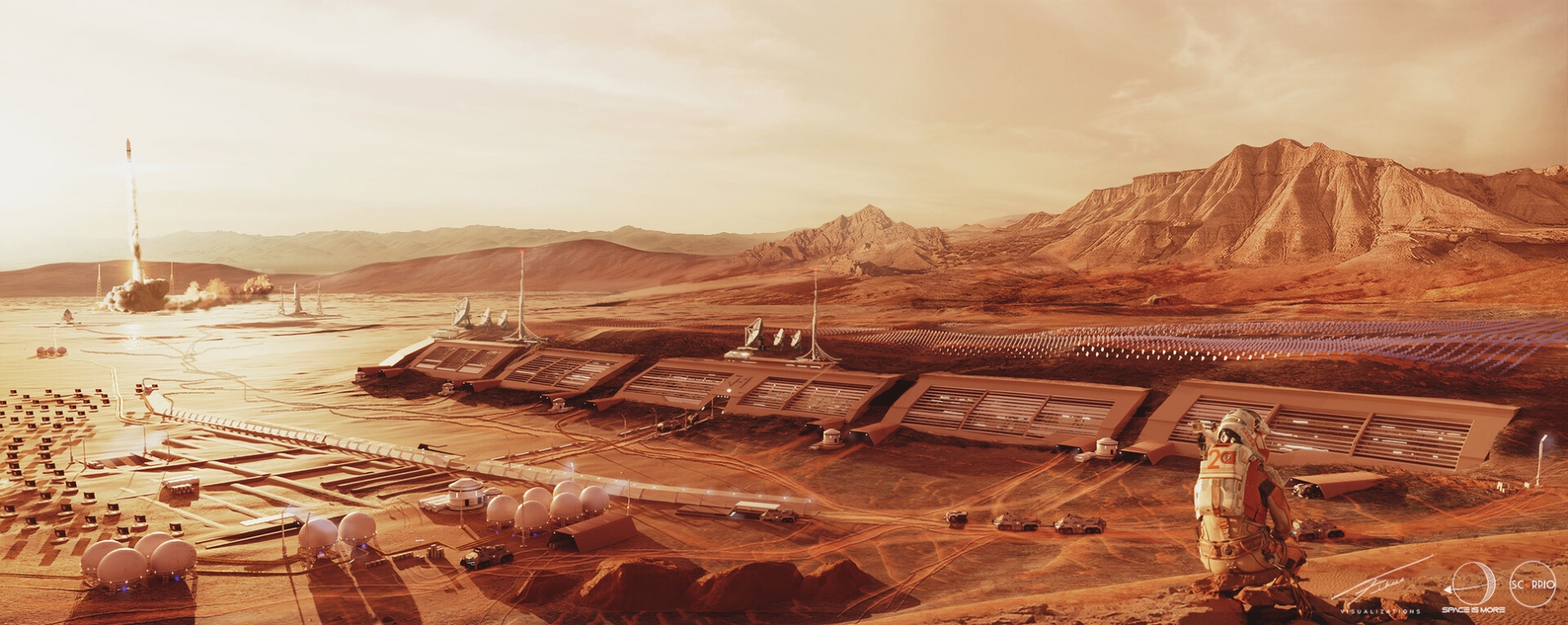YOUR BROWSER IS OUT-OF-DATE.
We have detected that you are using an outdated browser. Our service may not work properly for you. We recommend upgrading or switching to another browser.
Date: 29.04.2019 Category: general news, student activity
From October, they worked on a very detailed and demanding design of a base for future residents of Mars. Now the students of WUST are waiting for the results of the first stage of the competition organised by the Mars Society. Authors of the most interesting projects will be invited to the USA, where they will officially present their solutions
 The design was developed jointly by MSc and PhD students involved in the Space is More research initiative and the Scorpio Project with the help from several members of the MOS Scientific Circle and the LabDigiFab initiative. They called their colony "Twardowsky."
The design was developed jointly by MSc and PhD students involved in the Space is More research initiative and the Scorpio Project with the help from several members of the MOS Scientific Circle and the LabDigiFab initiative. They called their colony "Twardowsky."
The Mars Society, the organiser of the competition, challenged the participants with the task of creating a design of a Martian colony for a thousand people. Importantly, this huge estate must be self-sufficient in terms of economy. It should import as few goods as possible from the Earth and, at the same time, produce goods for export in order to support itself. The authors of the best project will be awarded 10,000 USD. For the second place in the competition, there will be prize money amounting to 5,000 USD, and 2,5 thousand for third place.
"Twardowsky" would be built in the Jezero crater, which is the planned landing site of the American agency NASA's Mars 2020 mission.
The students proposed that the thousand inhabitants of the colony be divided into groups of two hundred. - In this way they have a chance to get to know each other, so as not to be anonymous in the crowd - they explain. - This is important for reasons including the risk of an anomy, i.e. the sense of uncertainty and pointlessness which can be experienced by a person in such a base due to being in a new place and severing their previous relations. They designed an enormous space featuring a terraced layout, which opens up the view of the entire building. The colonists’ flats would be located next to restaurants, cafés, shops, and medical facilities, so there wouldn't be any small dead streets making the residents feel depressed.
In addition, the colony has many open areas with greenery and waterfalls to create places that calm and soothe. "Twardowsky" would be divided into five units connected by a common hub in the form of the main square, where most of the leisure and entertainment facilities are located. Railway service would run from there, and farther there would be a part dedicated to the production of goods. In each of our planned units, we placed plants, from which food is to be produced. Food production in "Twardowski" would be based on aquaponics, i.e. the combination of fish farming in large aquariums with growing plants in water (thus avoiding the problem of the cold Martian soil).
Oxygen in the colony will be produced not only by plants but also by devices called "Moxie" - currently in the prototype phase. “Moxies” are being developed by NASA, which intends to test them during the MARS 2020 mission. “Moxie”, a small cube whose side is 30 cm long but weighing 15 kg, is a device designed to conduct carbon dioxide electrolysis. At "Twardowski", there would be several hundred of them, whereby the colony could freely develop its industrial part, which will use huge amounts of oxygen in processes including smelting.

Our site uses cookies. By continuing to browse the site you agree to our use of cookies in accordance with current browser settings. You can change at any time.